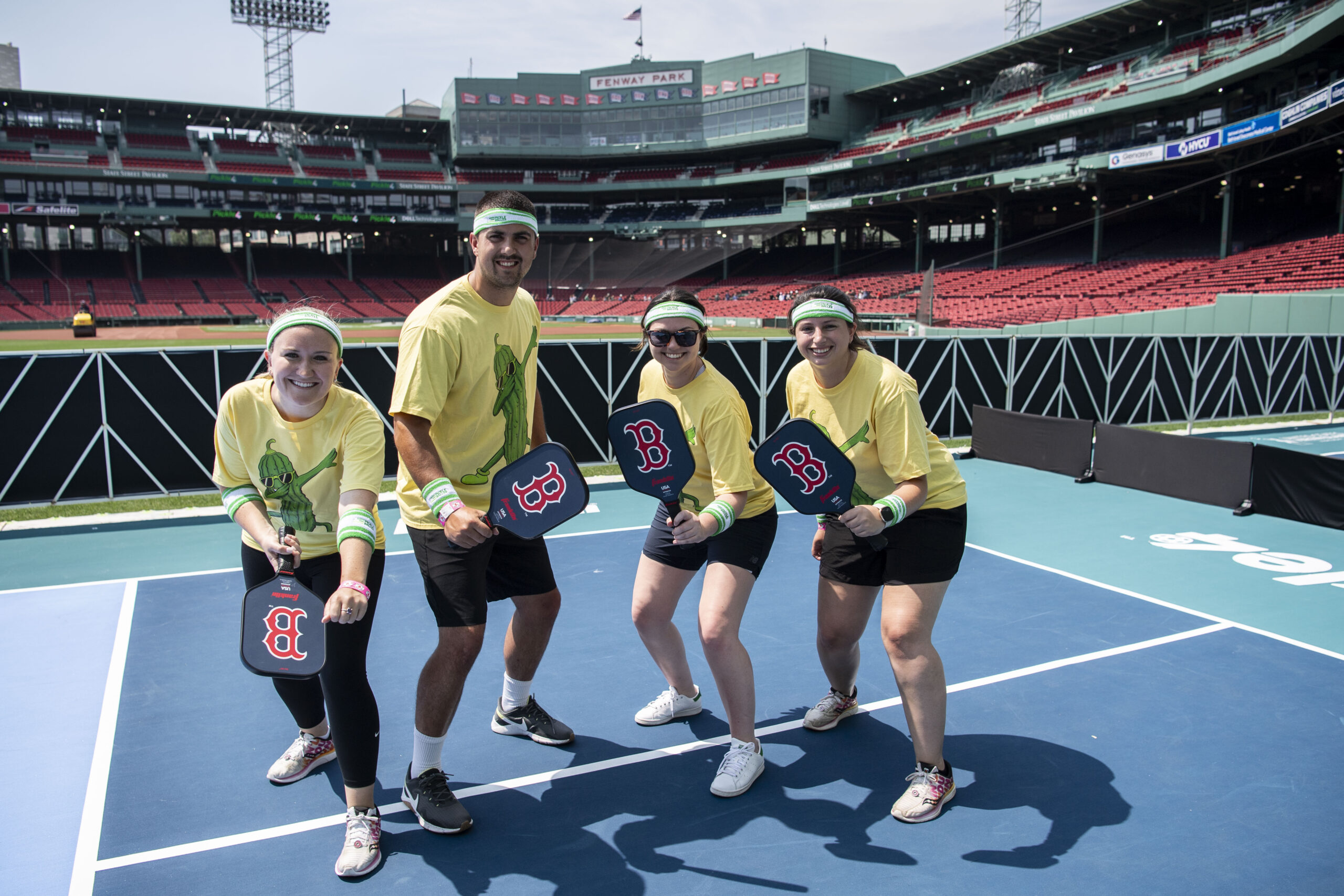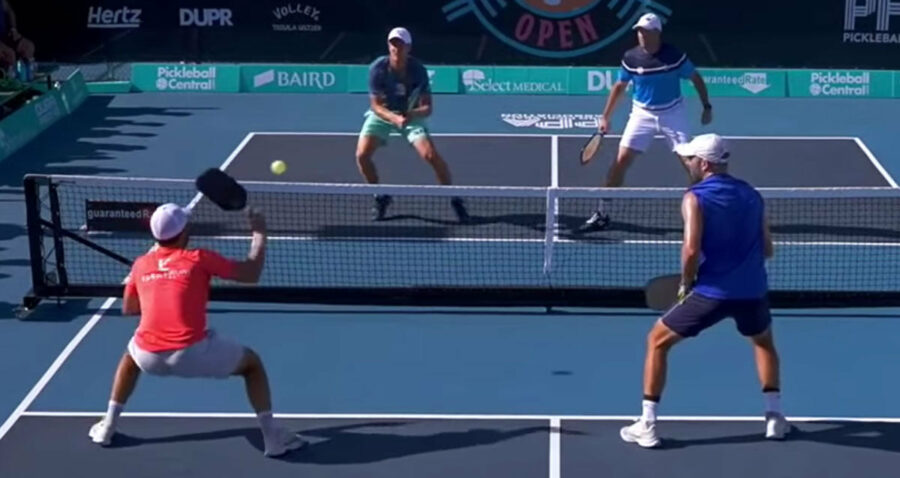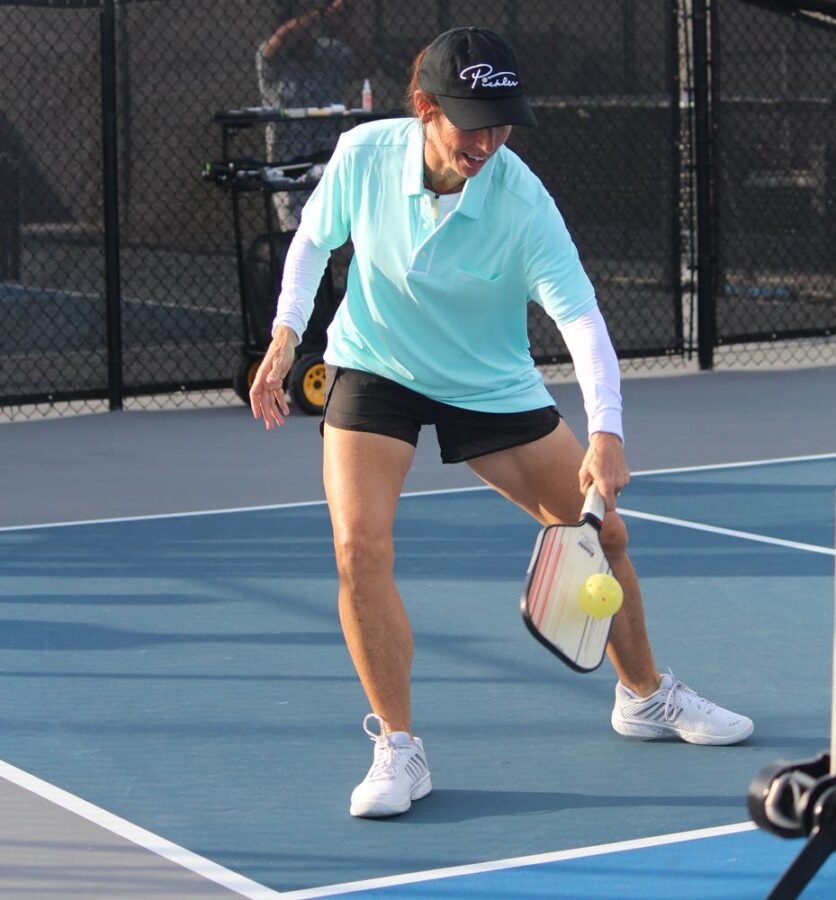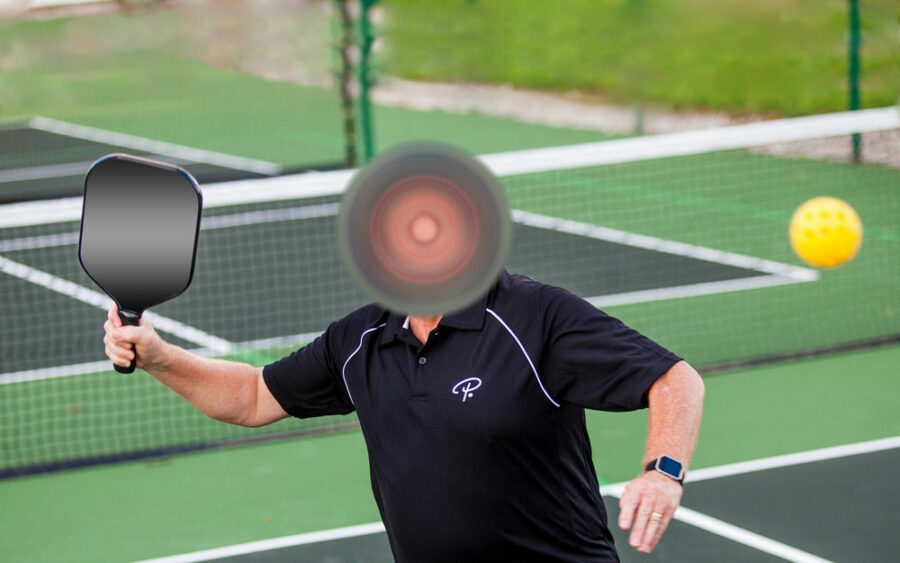INTRODUCTION
Back in my golfing days, I was all about practice. I’d hit the practice range almost daily, surrounded by a mountain of golf balls that earned me the nickname “the snowman.” My routine was solid: I’d hit with each club at least ten times, and usually 20 times with my 6 and 7 irons, which I relied on for those crucial approach shots. And you know what? Every swing had a purpose. I aimed for specific pins on the driving range, turning practice into a game that felt seriously rewarding. Only then would I hit the course for real.
But when it comes to pickleball, it seems like not everyone’s keen on practicing. Can’t blame ’em though; courts are always packed, so hogging one for practice can rub folks the wrong way.
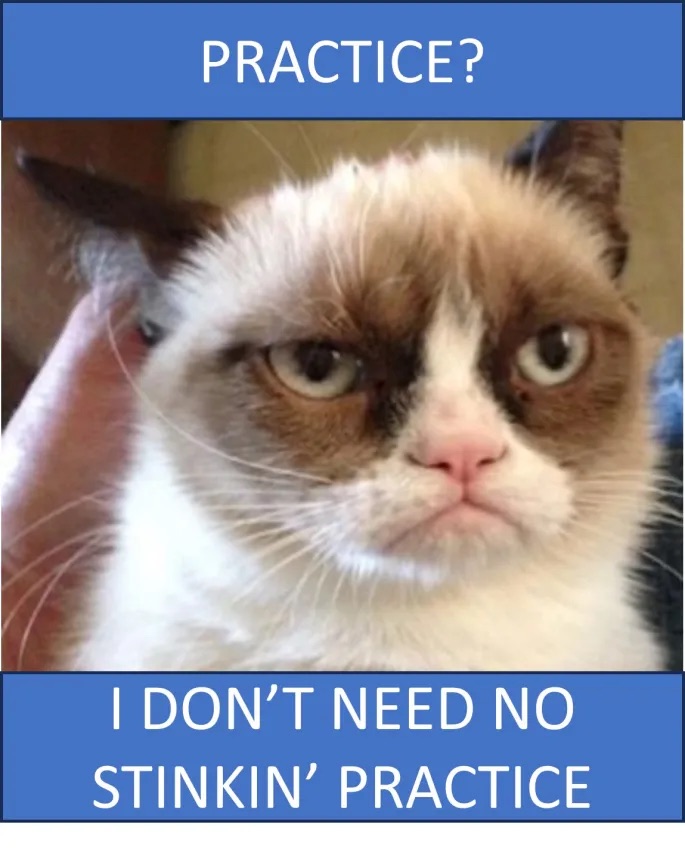
Then my wife and I attended a pickleball camp led by Tyson McGuffin. In this camp, he gave us an important piece of information: one hour of drilling is like three hours of regular play in terms of getting fit and improving your game. And he wasn’t just about boring drills either. McGuffin introduced us to the idea of making practice fun through what he called “Gamification of Pickleball Practice.”
In plain English, gamification means making practice feel more like a game. Think drills, but with a competitive twist. Instead of mindlessly hitting balls, you’re racking up points and getting into the groove.
We tried out a couple of practice games inspired by a Simone Jardim video. They were a blast, but we had some head-scratching moments over the rules. Still, one thing was crystal clear: mixing fun and practice works wonders. So, if you’re looking to spice up your practice sessions, give these games a shot with your buddies. Trust me, you won’t regret it. What follows is a description of those games, with amplified rules.
BACK TO ZERO
“Back to Zero” is a game with simple rules aimed at emphasizing the importance of keeping the ball in play. Players follow standard scoring rules, but with a twist: hitting the ball into the net resets your team’s score to zero. For instance, if your team leads 4-0 and is the serving team. You hit your serve into the net, so your score resets to 0-0.
Here are some clarifications to common questions:
- If you hit the ball short of the net and it lands in bounds on your side is it “in the net?”: Yes, this is considered “into the net.”
- If you hit the ball short of the net and it lands out of bounds on your side is it “in the net?”: No, this is not considered “into the net.”
- If the ball clips the net and falls onto your opponent’s side is it “in the net?”: No, this is not considered “into the net”; it’s just a great shot.
This game could be a fun and interesting tournament format. For tournaments with multiple teams, such as round-robin setups, games should typically be played to 7 points, with a win by 1. Additionally, to prevent games from dragging on endlessly, each game should have a time limit of 10 minutes. These adjustments ensure fairness and keep the competition engaging.
ZONE PRECISION PICKLEBALL
This game, focused on improving the short game, adds an exciting (and, perhaps, frustrating) twist to traditional gameplay. Here’s how it works:
Teams play points normally until a ball lands in the Non-Volley Zone (NVZ). From that point onwards, every subsequent shot must land within the NVZ. Failure to do so results in the team losing the point.
Here are a couple of scenarios:
- Team A serves, Team B returns, and Team A executes a drop shot into the NVZ. All subsequent shots must stay within the NVZ.
- Teams engage in a firefight until one team drops the ball into the NVZ. From then on, NVZ shots are mandatory.
Now, let’s address some potential questions:
- Suppose a game is going on and no ball has landed in the NVZ. If a ball seems destined for the NVZ, but is intercepted mid-air before touching the ground, it is not considered in the NVZ, and the game continues like a normal game.
- During an NVZ rally, players can indeed take balls out of the air to hit a shot, but their next shot must land within the NVZ.
- If a player intercepts a ball mid-air during an NVZ rally and drills an opponent with it, it doesn’t count and that team loses the point. The ball must land within the NVZ to be considered valid.
As an added dimension, players have the option to execute an Around-The-Post (ATP) shot, landing anywhere on the court.
Games are played to 7 points, with a win by 1. This format adds an exciting challenge while emphasizing precision and strategy in the short game.

